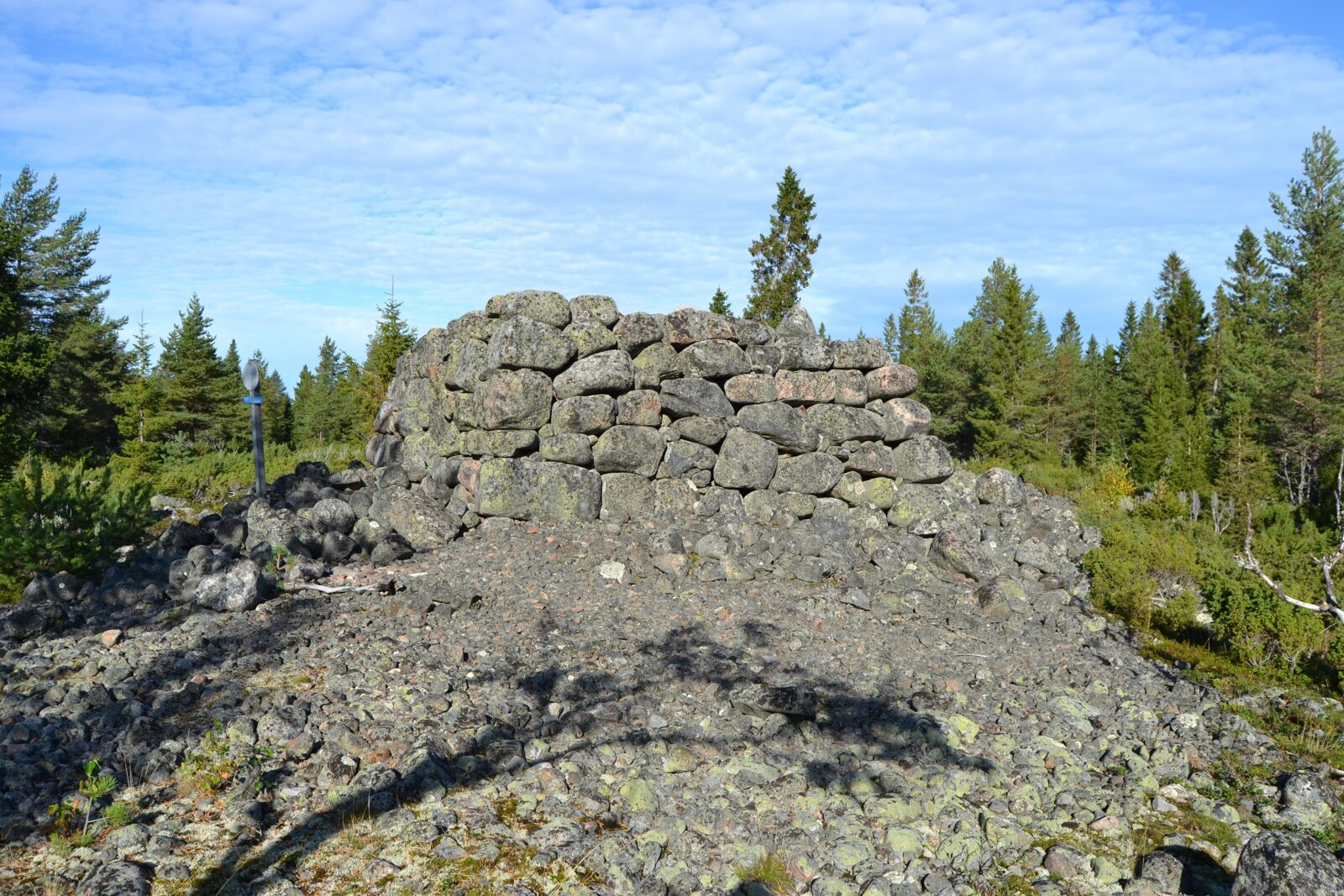The Archaeological Society of Finland organizes the Archeology Days 2024 in collaboration with the Museum of Torne Valley. The Archeology Days are held on 28–29 November at the Aine Art Museum.
The Archeology Days is the biggest annual event of the Archaeological Society of Finland, where archaeologists gather to hear and discuss current topics and research related to archaeology.
The Archeology Days in Tornio are the first where archaeologists from Finland and Sweden gather to discuss cross-border phenomena.
The days’ presentations delve into new research from two perspectives in particular: Archaeological knowledge and Archeology across borders. The topics for the presentations include, among other things, the latest research related to the death of Sweden’s King Karl XII, as well as the effects of the construction of hydropower in northern Sweden on cultural heritage.
The days also have presentations about Torne Valley’s archaeological research. The presentations discuss e.g. the significance of the large Piispankivi stone structure on Tornio Iso-Huituri island, the archaeological investigations in Kainuunkylä in Ylitornio are examined from a new perspective and the research on Silbojokk/Silbbajåhkå’s abandoned church and church land is explored.
This year the Museum of Torne Valley celebrates its 10th year as a joint museum for Tornio and Haparanda. The Archeology Days are part of the museum’s anniversary program with the aim of creating a deeper connection between Swedish and Finnish archaeology.
Museum of Torne Valley is excited about the upcoming event. “Archaeological research is an important part of understanding Torne Valley’s history. In archaeology, the current cross-border research collaboration is important, because the phenomena are similar in a wide area,” says Titta Kallio-Seppä, Museum Director of Museum of Torne Valley.
Picture. Piispankivi is a large cube-shaped structure made of natural stone in the northern part of Torneå’s Iso-Huituri island at its highest point (5–7.5 m above sea level). Its walls are made of large stones in the shape of a square. The maximum side length is approx. 6 m, and the height of the structure is more than 2.5 m. The structure has been considered a boundary marker between the dioceses of Uppsala and Åbo and it was probably built in the middle of the 14th century. The structure is the most historically significant of the ancient remains in the entire Bothnian Bay National Park. In the presentation, the meaning of the structure is reconsidered based on recent research. Photo: Titta Kallio-Seppä

